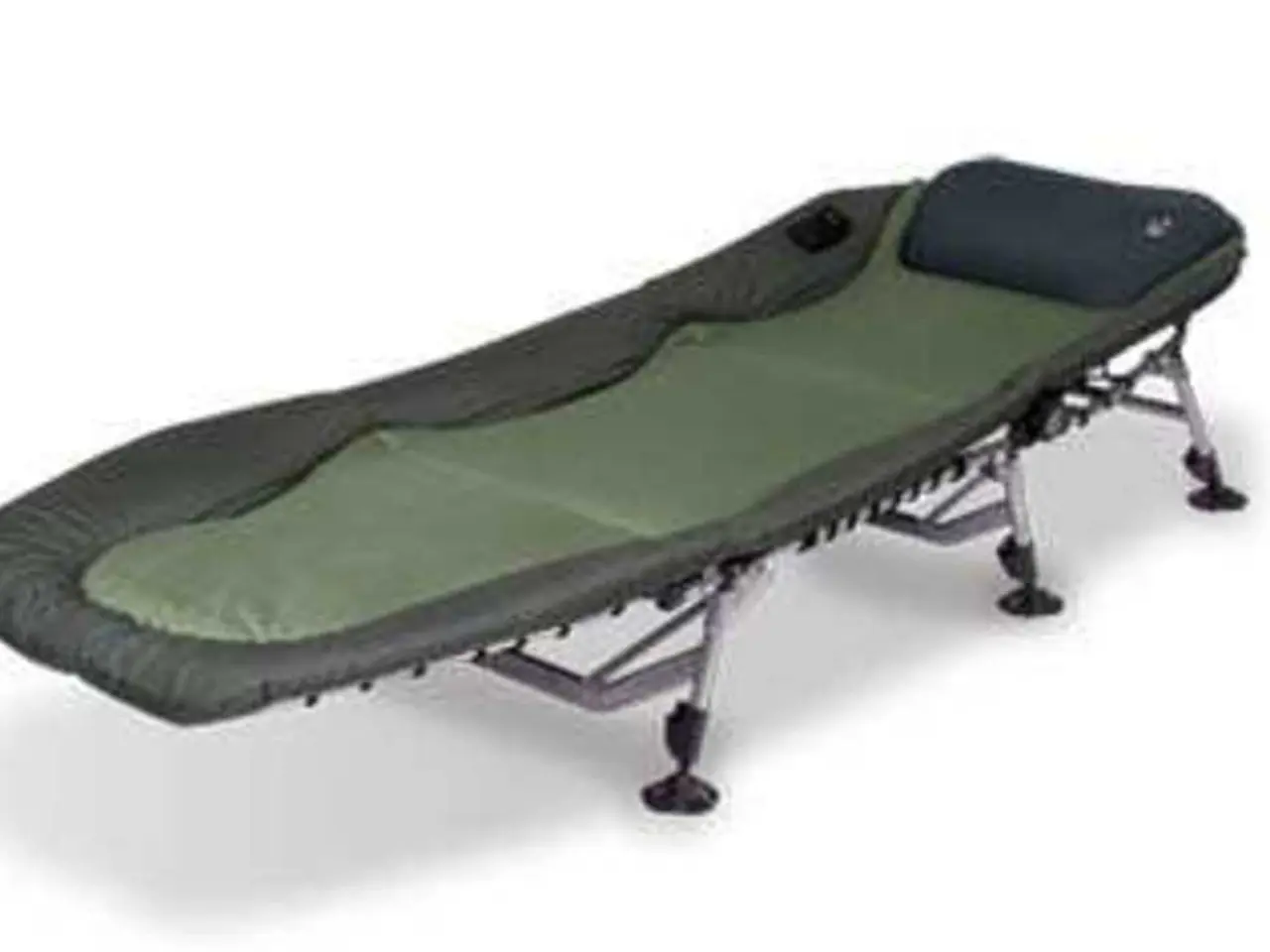Muscle Cramps: Causes, Symptoms, and When to Seek Help
Muscle cramps, sudden and painful involuntary contractions, can strike various muscle groups, causing discomfort and difficulty in daily activities. These cramps can be triggered by a range of factors, from mineral deficiencies to underlying medical conditions.
Cramps often affect muscles in the lower leg, thigh, and back, but can also occur in the arms, hands, feet, and abdominal wall. They can be brief or last up to 15 minutes, even disrupting sleep. Causes range from overuse and dehydration during exercise to mineral deficiencies like low calcium, potassium, sodium, or magnesium levels. Certain medical conditions, such as spinal nerve compression, alcoholism, pregnancy, kidney failure, and hypothyroidism, can also trigger cramps. In some cases, reduced blood supply to legs and feet during exercise can lead to cramping.
Severe, persistent, or unstoppable cramps may indicate an underlying condition requiring medical attention. Diagnostic procedures may include physical examination, laboratory tests, electromyography (EMG), and sometimes muscle biopsy or imaging. Treatment options can involve hot or cold compresses, stretching, over-the-counter anti-inflammatories, and muscle relaxers.
Muscle cramps, though common, can be caused by a variety of factors and may indicate serious underlying conditions. If cramps are severe, persistent, or accompanied by other symptoms, it's crucial to consult a healthcare professional. Regular exercise, proper hydration, and a balanced diet can help prevent cramps and maintain overall muscle health.





